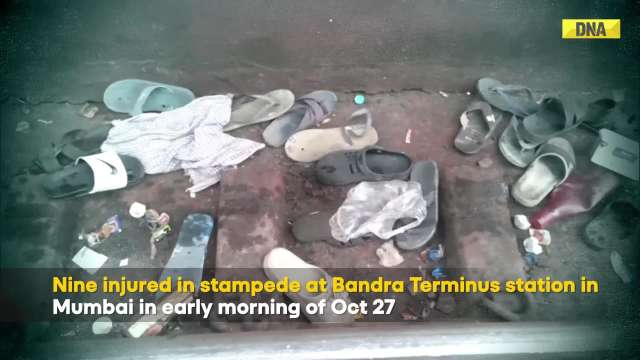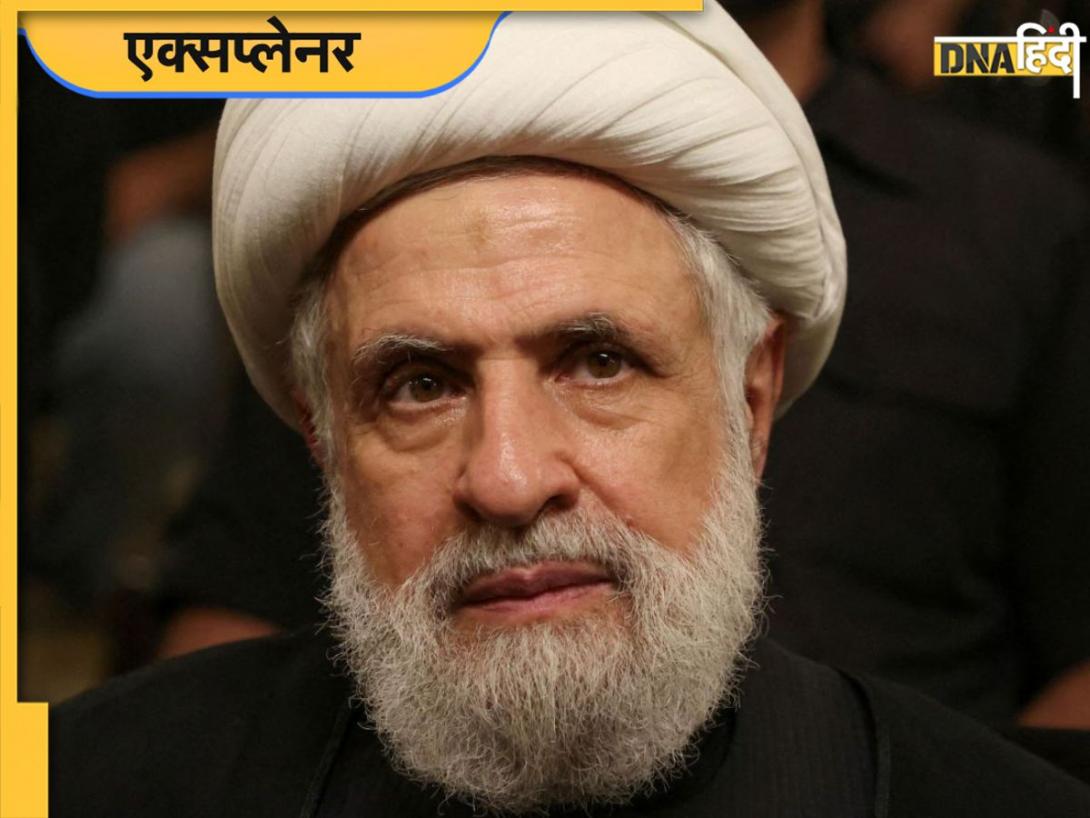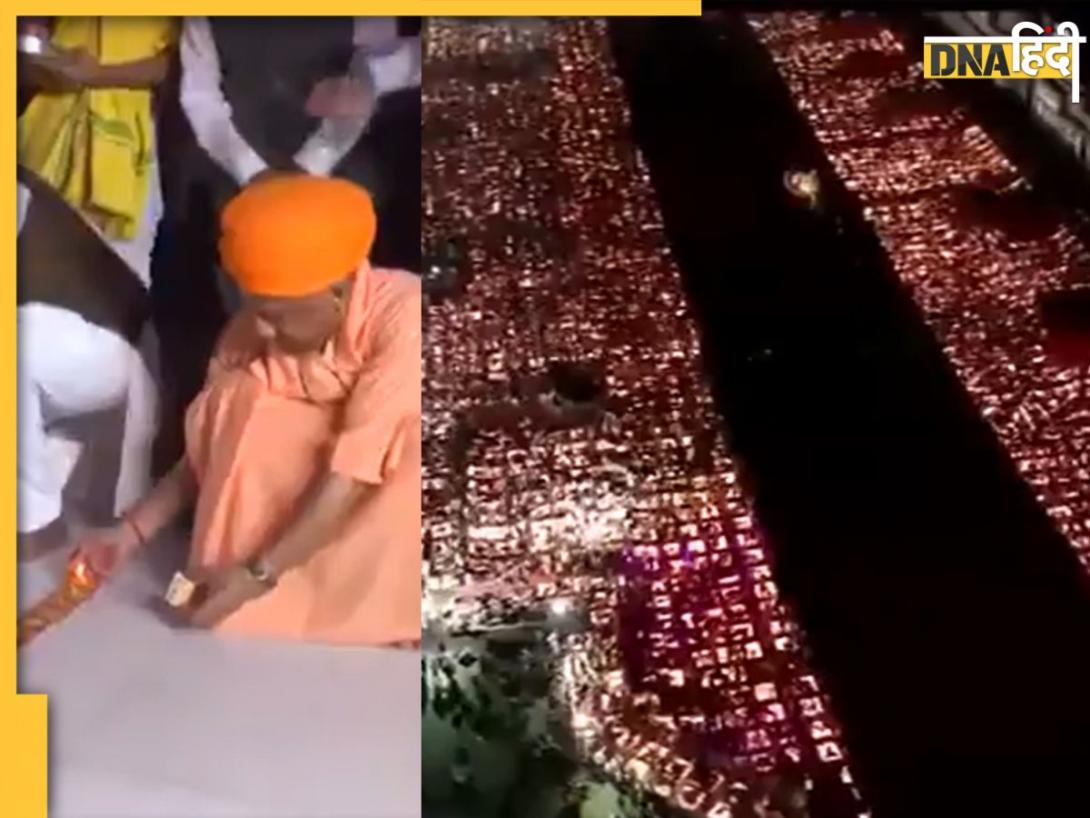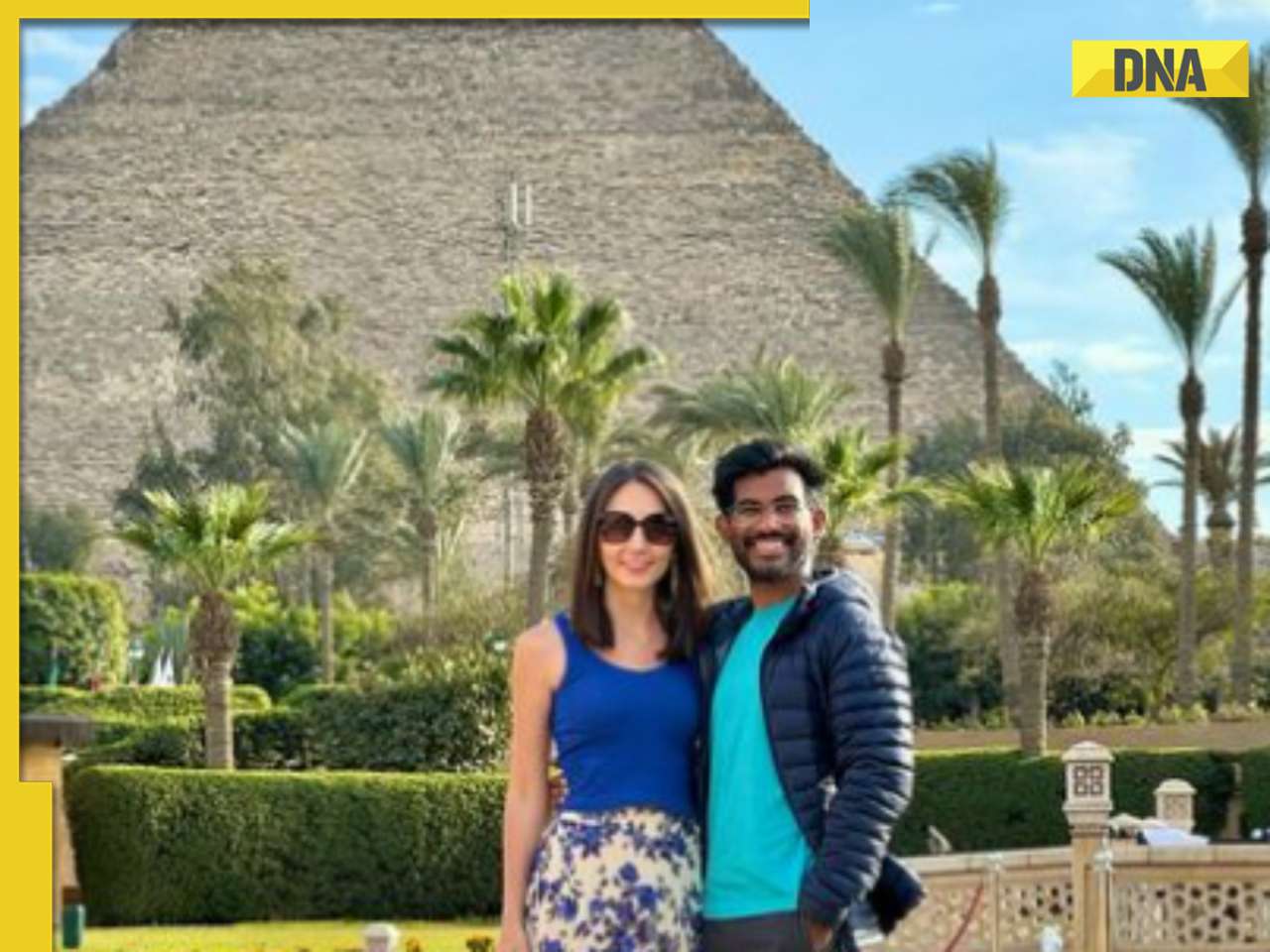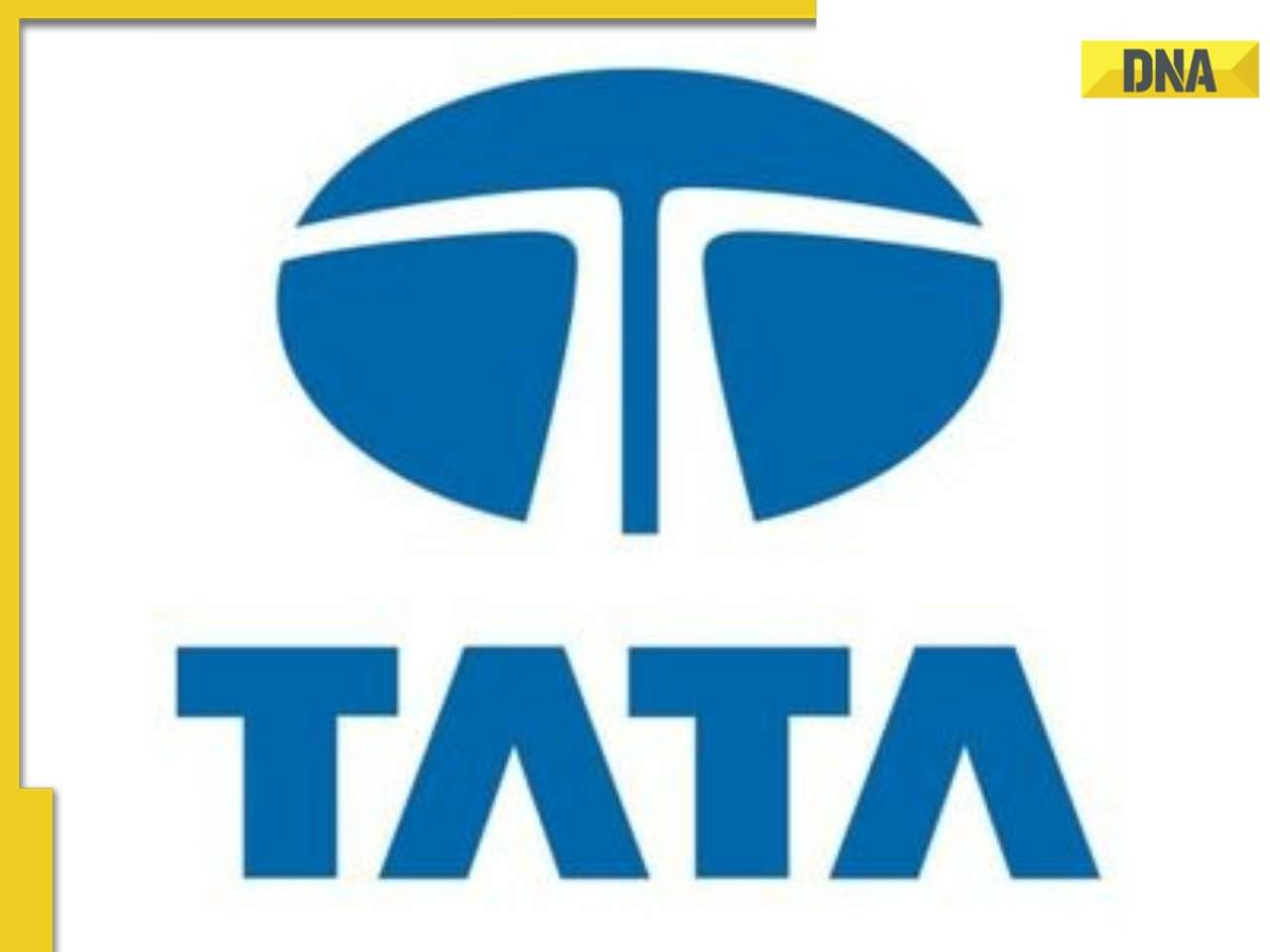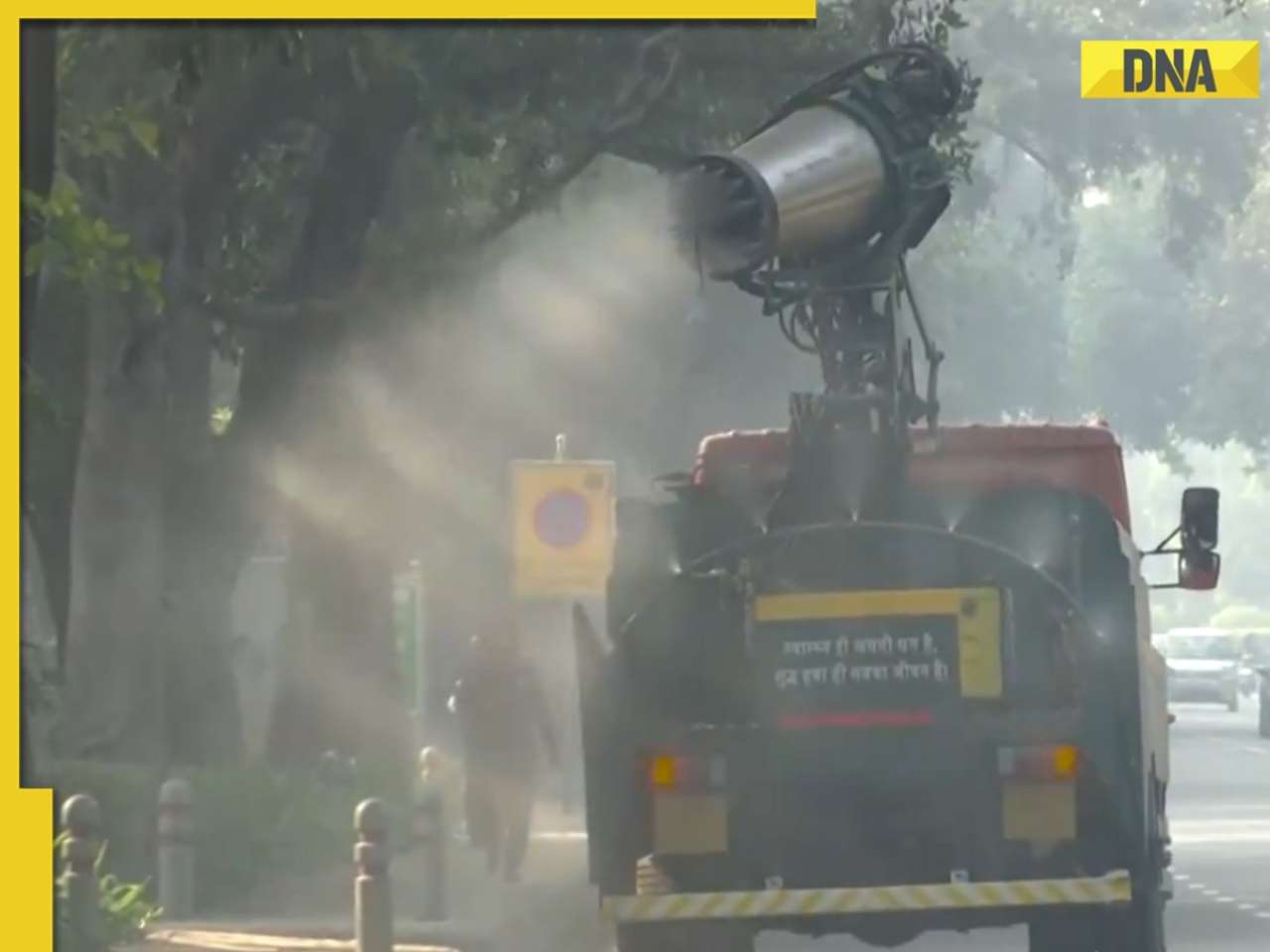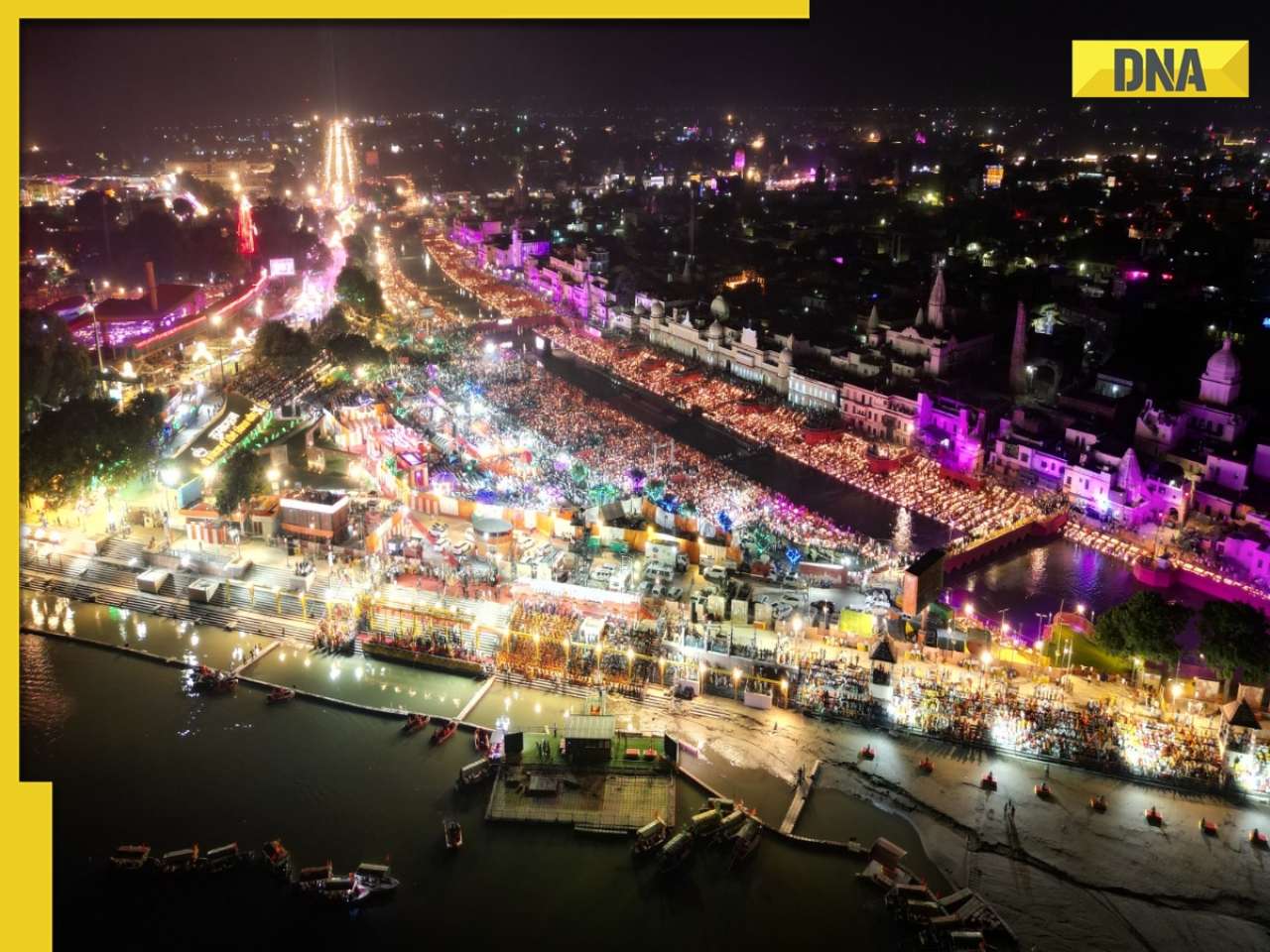- LATEST
- WEBSTORY
- TRENDING
VIRAL
Burj Khalifa in Dubai is world's tallest building, which building is at second place, where is it located?
Significantly, skyscrapers have redefined city skylines and are emblems of human integrity and advancement.
TRENDING NOW
The incredible structures of modern architecture, engineering, and urban development continue to astound us on a daily basis. The worldwide public's attention has been captured by the competition to construct skyscrapers that are taller and more ambitious, demonstrating humanity's unwavering desire to push the boundaries of design and building.
Significantly, skyscrapers have redefined city skylines and are emblems of human integrity and advancement. They push the boundaries of engineering and architecture and each structure tells a different tale of ingenuity, ambition, and the never-ending quest to reach new heights in the sky.
According to the Council on Tall Buildings and Urban Habitat (CTBUH), the tallest buildings in the world as of 2024 are the iconic Burj Khalifa in Dubai and the 2nd tallest is Merdeka in Kuala Lumpur.
At 678.9 meters, the Merdeka 118 tower in Kuala Lumpur is the tallest structure in Southeast Asia and the second-tallest building in the world. Its distinctive spire design and multifaceted diamond-shaped façade make it stand out from other buildings.
The first prime minister of Malaysia, in 1957, made an outstretched hand gesture to proclaim the country's independence at Stadium Merdeka, which is located within the Merdeka 118 precinct. This gesture served as the model for the structure of the monument. Arup was selected as the official civil and structural engineer, collaborating with Fender Katsalidis and the local firm RSP Architects.
Merdeka 118 is directly connected to an MRT station and is situated next to Stadium Merdeka and Stadium Negara, two of Malaysia's historical national landmarks. To minimise any settlement or lateral movement, we have taken great care. As an embedded retaining system for excavation, we created a cofferdam wall in the form of a circle. Because of its circular shape, the cofferdam can support itself without the use of struts or ground anchors when the hoop stresses are mobilised.



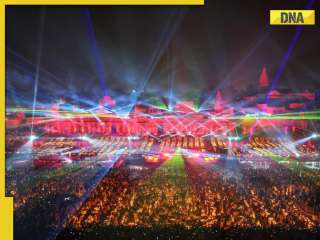



)
)
)
)
)
)
)
)
)
)
)
)
)
)
)
)














